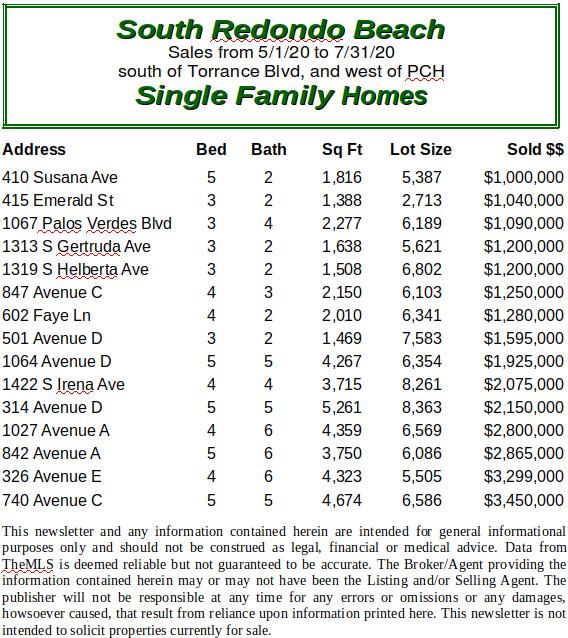We’re all well aware that California has been facing a shortage of affordable housing. Affordable housing is also an important step in recovering from the current recession. So, why hasn’t it happened yet? There are a couple of reasons.
It’s true that not enough homes are being built, but it’s more complicated than that. Not enough affordable housing is being built — because it’s actually more expensive to build than high-tier homes. Whenever housing is developed, it’s subject to a development fee, the rules for which are set at the city level, so they’re hard to standardize. The development fee can range from 6-18%, reaching upwards of $150,000 in some cities. The big issue is that this fee is charged per unit, which means that affordable housing developments, which invariably consist of multiple, smaller units, are subject to multiple development fees. This makes it difficult for developers to turn a profit from affordable housing projects.
The other reason is also the same reason it’s so important to our recovery — the job loss from COVID-19 and the recession itself. These factors have reduced purchasing power, increased homelessness, and increased the demand for lower-tier housing. Construction companies can’t keep with the ever-increasing demand for their most expensive, lowest return-on-investment projects.
Photo by Jeriden Villegas on Unsplash
More: https://journal.firsttuesday.us/homebuilding-is-key-to-the-next-recovery/72698/






















